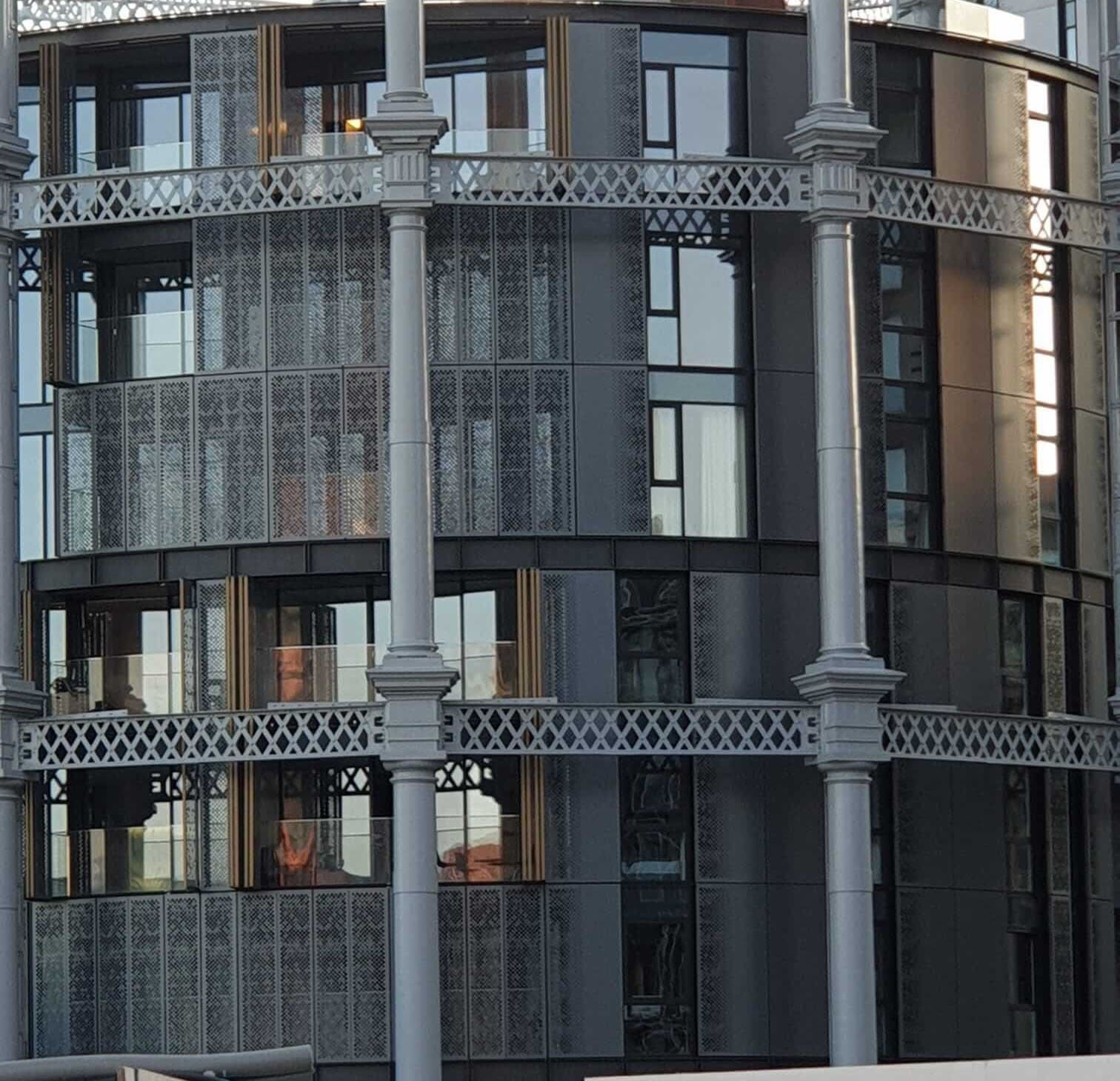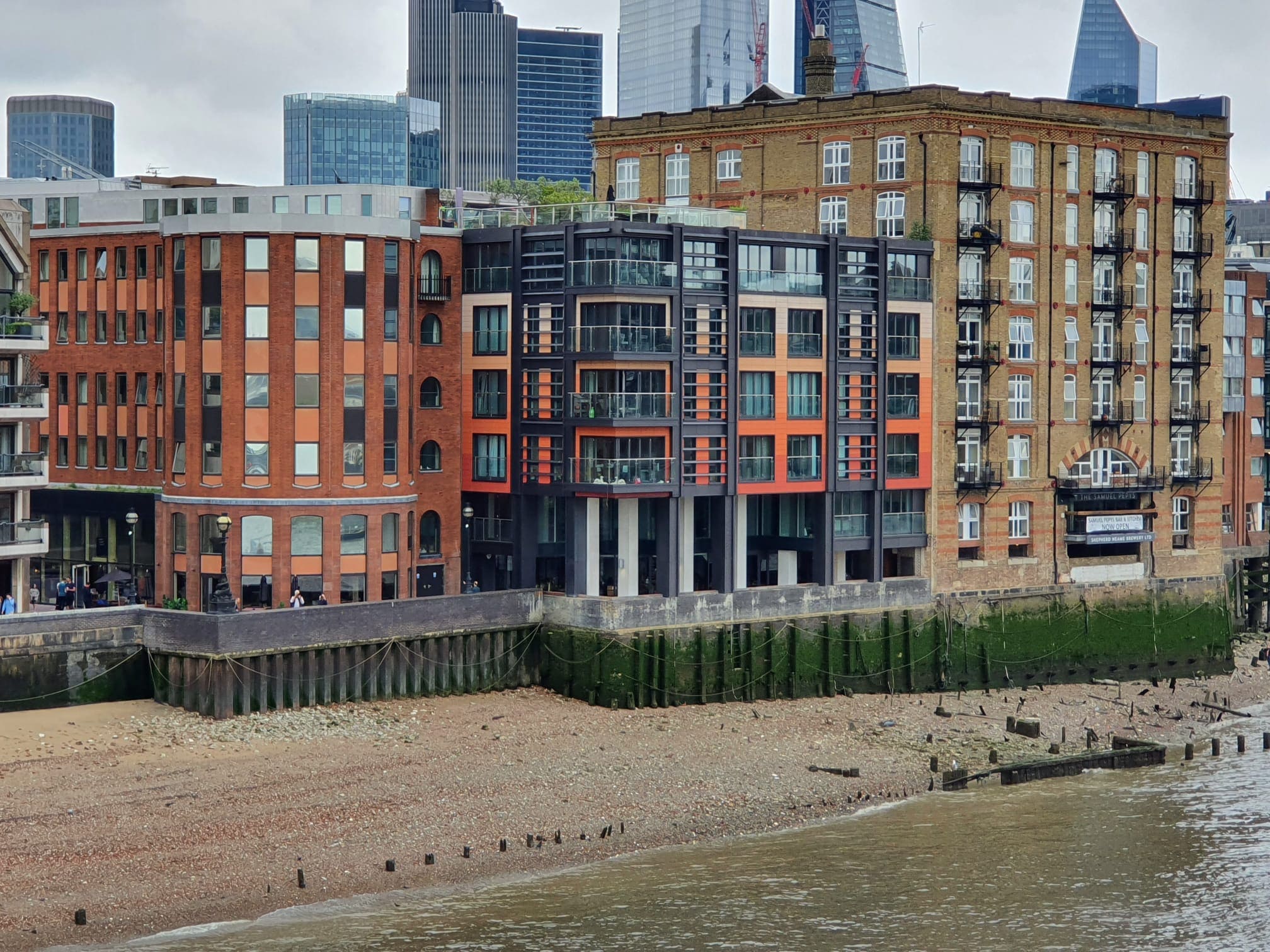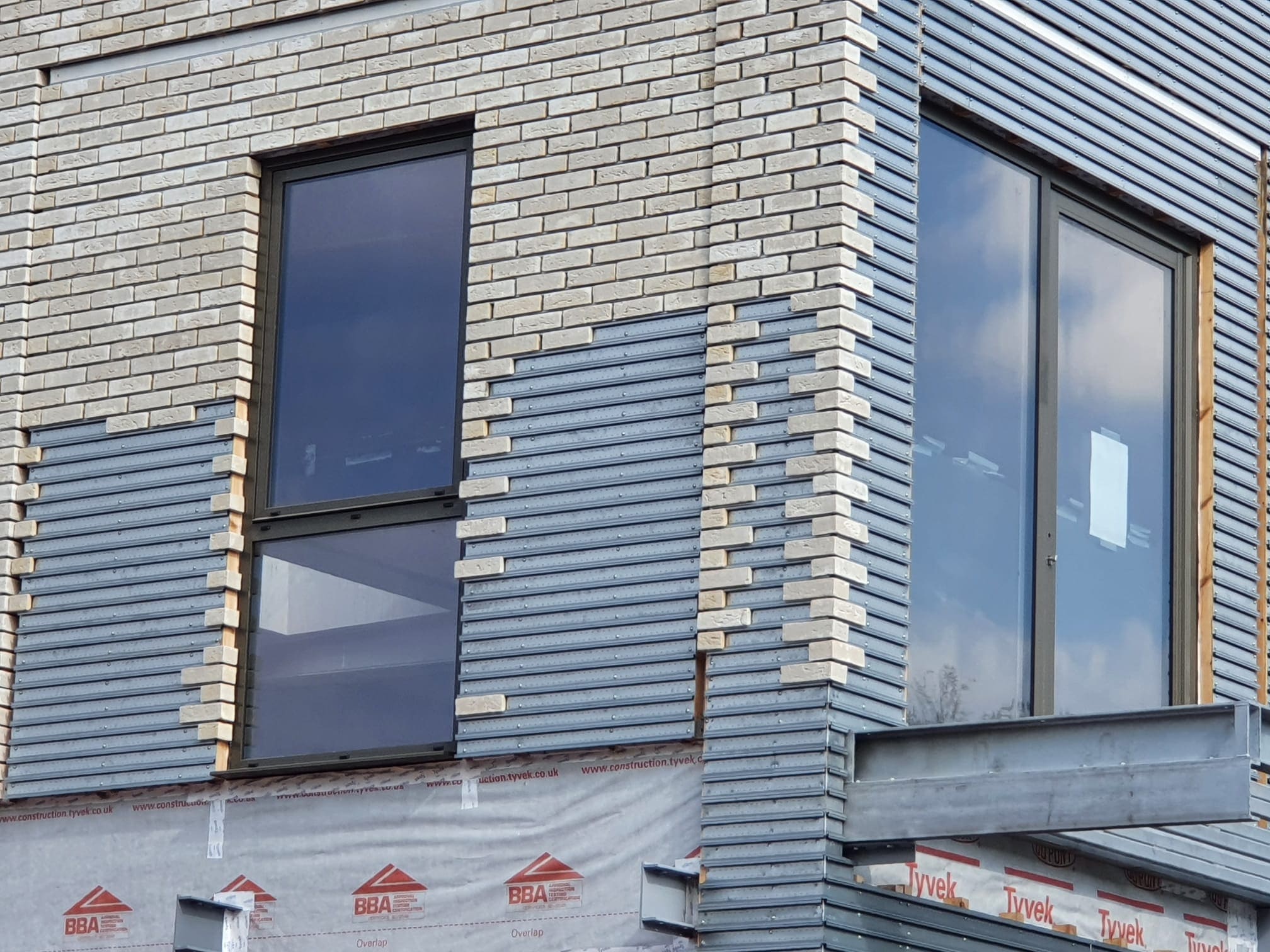27/09/2021
by: Mary-Anne Bowring

A Disunited Kingdom: A Comparison to Covid-19 Response
The Covid-19 pandemic revealed a disunited kingdom, with devolved administrations in Wales and Scotland often taking a more hawkish approach to lockdowns compared to the central government in Westminster. This divide has now extended to other issues, notably the ongoing building fire safety scandals, as attention returns to these concerns post-pandemic.
Wales' Commitment to Building Fire Safety
In June, the Welsh government announced its commitment to fund fire safety surveys for multi-occupancy buildings over 11 meters. Minister for climate change, Julie James, confirmed that these surveys would be funded by the Welsh Building Safety Fund. This initiative is part of a broader effort to address fire safety and goes beyond the issues of cladding, including internal concerns such as ineffective compartmentation.
The Gaps Between Welsh and English Approaches
The gap between the financial assistance available in England and Wales is growing. The Welsh government’s Building Safety Fund offers more comprehensive support, covering a wider range of buildings, including those under 18 meters tall, unlike the English variant that prioritizes higher-risk buildings. The Welsh government’s Position Statement acknowledges the differences in scale between Wales and England, suggesting that solutions will need to be tailored to their distinct circumstances.
Financial Support and Limitations in Wales
While the Welsh government is offering significant support to fire safety surveys and the EWS1 process, it does not cover the cost of the actual EWS1 form. Additionally, while there is a commitment to provide funding for a secondary remediation fund, this has not yet been established, leaving leaseholders uncertain about the future and facing financial hurdles.
The Future of Building Fire Safety in Wales and England
As the Welsh government pushes ahead with its proactive response to building safety, the English government’s recent decision to scrap EWS1 forms for buildings under 18 meters highlights a widening gap. Leaseholders in Wales are being offered more clarity and financial relief, whereas English leaseholders continue to face uncertainty, particularly around remediation costs and the future of proposed reforms like the Building Infrastructure Levy and Building Safety Regulator.
The Need for Unified Fire Safety Reform
The approach taken by Wales offers important lessons for England, particularly in terms of unshackling leaseholders from the financial burden of remediation costs. The disparity in fire safety responses between the two countries could lead to further division, emphasizing the need for a unified, national approach to address building fire safety comprehensively.
https://www.propertynotify.co.uk/news/featured/building-fire-safety-response-reveals-a-disunited-kingdom/
 1528
1528







Keep up to date
(Weekly, fortnightly or monthly)
To find out more what we do with your data, please read our Privacy Policy

 0
0


















